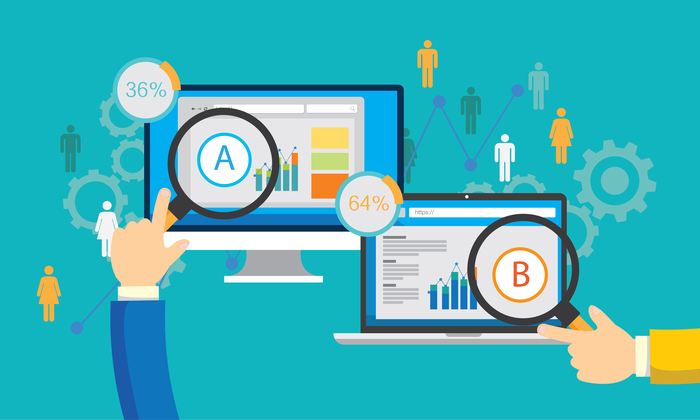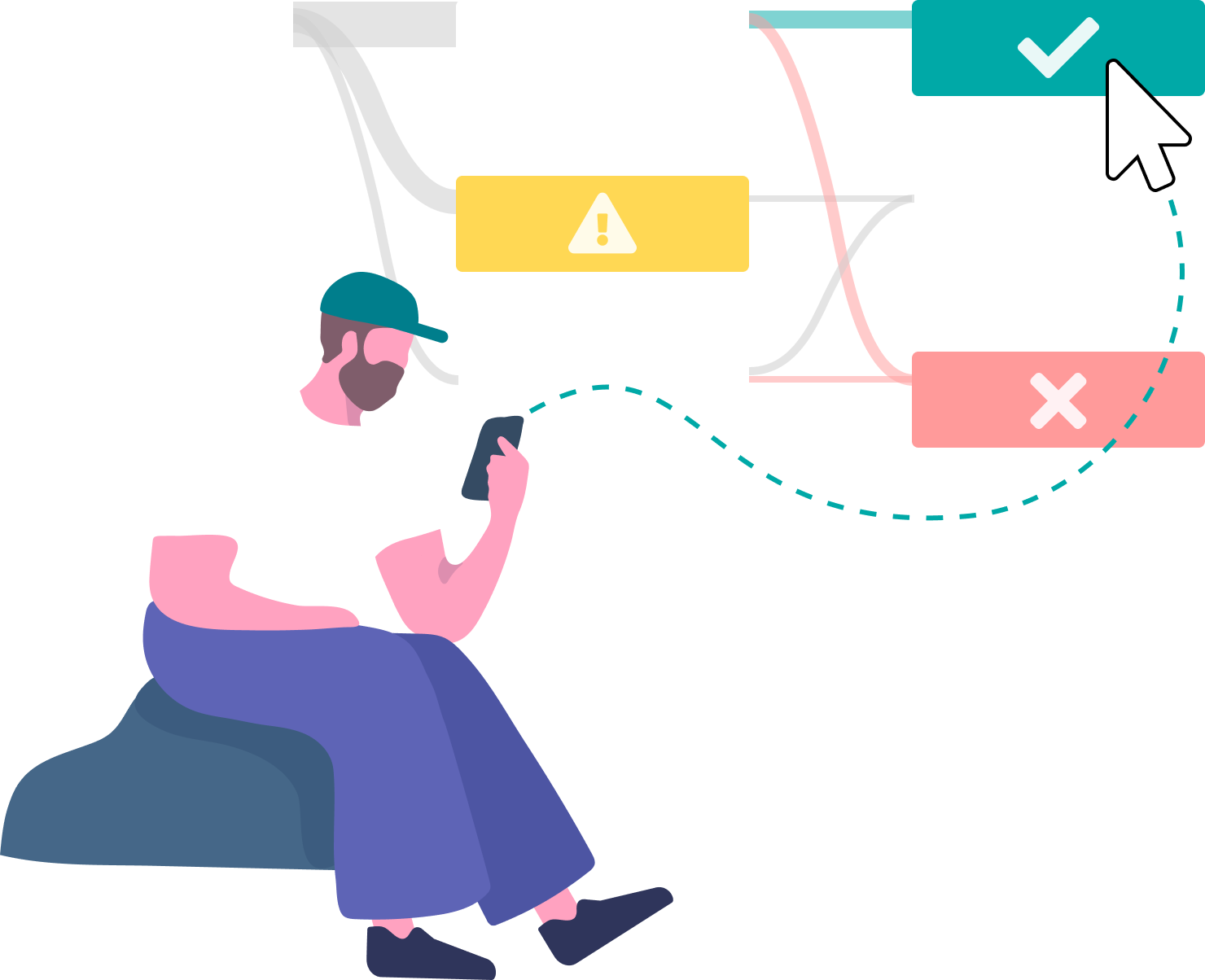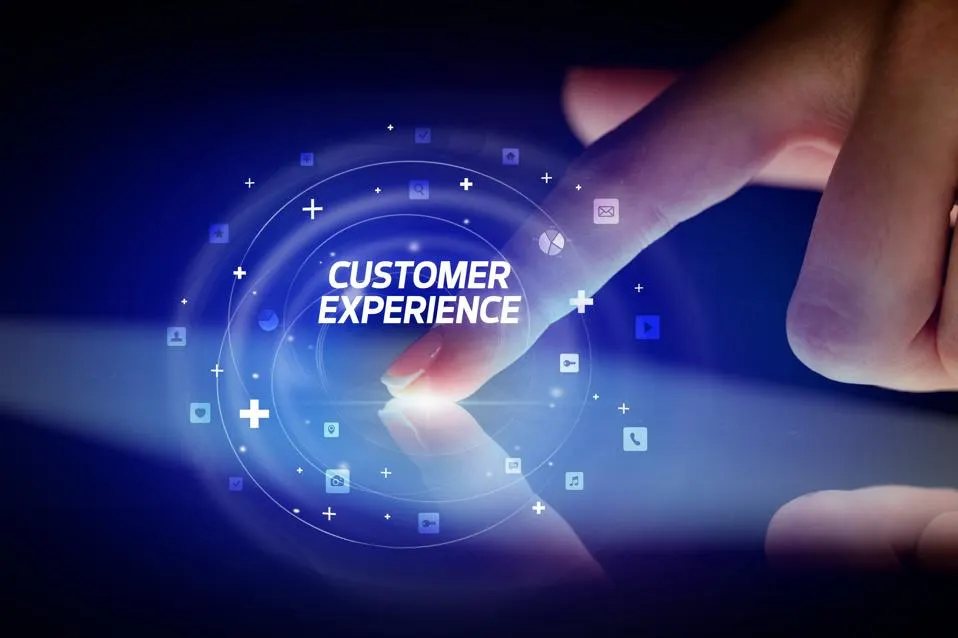Picture this: Every time a user clicks, scrolls, or hovers over your website, they’re dropping breadcrumbs. These tiny digital trails, when collected, form the rich dataset we call clickstream analytics. Now, imagine using these breadcrumbs to predict what’s around the corner.
Every interaction on your website, from clicks to scrolls, leaves behind a digital trail. This is more than just data; it’s a gold mine for making predictions!
With clickstream analytics, you can:
Follow Digital Breadcrumbs: Every click or hover paints a part of the user’s journey.
Example: If you observe that visitors consistently browse a product page but abandon it before making a purchase, it’s a clear signal. Maybe the pricing isn’t right, or they’re looking for more product details. By identifying this, you can tailor your approach by offering targeted discounts or adding detailed product videos.
Spot Patterns: Over time, as data accumulates, recurring behaviors and trends emerge. These aren’t mere coincidences; they’re patterns waiting to be discovered.
Example: Every October, like clockwork, there’s a spike in interest in winter wear. This isn’t just about the change in weather; it’s a straightforward consumer behavior pattern that you can capitalize on with timely promotions and stock management.
Do Predictive Modeling: Historical data isn’t just for reflection—it’s the foundation for making future predictions. By learning from the past, you can anticipate what’s on the horizon.
Example: Do you see a decrease in user sign-ups every summer? Instead of dreading the summer slump, introduce a new feature or a summer loyalty program to reignite user interest.
Stay Proactive: With insights in hand, you transition from a reactive stance to a proactive one, always staying ahead of the curve.
Example: If you forecast a surge in website traffic during Black Friday sales, you can bolster your backend infrastructure or plan engaging pop-up campaigns to capitalize on the traffic, ensuring smooth user experiences and maximizing conversions.
You’re not just passively observing user behavior by weaving together these insights from clickstream analytics. You’re actively shaping the future of your digital strategy.






























